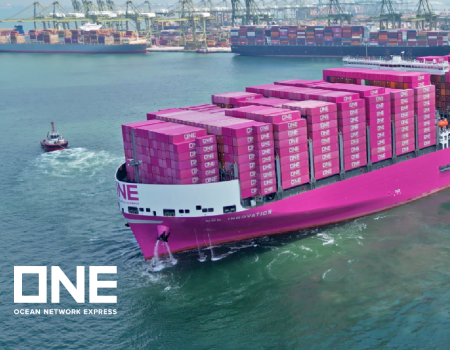The wholesale price of raw ivory in China has fallen by almost two thirds in the last three years, according to new research. During this time, China’s government has made increasingly strong commitments to close the domestic ivory trade. Today, the nation’s ivory factories are to be shut down and all retail outlets will be closed by the end of the year.
In early 2014 the average wholesale price of tusks was $2,100 per kg. By late 2015 it had fallen to $1,100 per kg, and by February 2017 had reached $730 per kg. A new report by Save the Elephants’ consultants Lucy Vigne and Esmond Martin, Decline in the Legal Ivory Trade in China in Anticipation of a Ban, details a decline in the retail market up to the end of 2015; an update of wholesale prices was conducted in January 2017.
“Findings from 2015 and 2016 in China have shown that the legal ivory trade especially has been severely diminished,” said Lucy Vigne. The 130 licensed outlets in China have been gradually reducing the quantity of ivory items on display for sale, and recently have been cutting prices to improve sales.
There are several driving factors behind the decline in the wholesale price of raw ivory in China observed from early 2014 to early 2017. An economic slowdown has resulted in fewer people able to afford luxury goods; a crack-down on corruption is dissuading business people from buying expensive ivory items as ‘favours’ for government officials, and the Chinese government has made strong commitments to close down the nation’s legal ivory trade. Meanwhile public awareness campaigns have exposed many potential buyers to the impact that buying ivory has on Africa’s elephants.
The researchers visited Beijing and Shanghai, as well as six cities whose markets had never been surveyed before: Changzhou, Hangzhou, Nanjing, Shenyang, Suzhou and Tianjin. In these cities, small jewellery items were a top seller in the ivory retail shops, with pendants being the most common item and large tusks and figures found only in licensed outlets where legal master carvers operate.
In Beijing by 2015, some of the main licensed retail ivory outlets were either closed at the time of the researchers’ visit due to slow sales, or vendors were replacing elephant ivory displays with mammoth ivory. By 2016, prices for ivory items were in decline, with vendors trying to offload their stocks.
There are now 34 licensed factories that carve ivory in China, down from 37. All will officially be closed today, in keeping with China’s recent government
announcement.
“Law enforcement is key to success,” said researcher Lucy Vigne. “This is already improving in China – we have seen a decline in the number of illegal ivory items on display for sale since 2013.”
China remains the largest importer and end user of elephant ivory tusks in the world, as confirmed by data from the Elephant Trade Information System and other sources. The legal trade will end this year, but the impact of China’s ban will be determined by their ability to enforce the new rules and prevent illegal trade. In earlier monographs on the ivory trade in Hong Kong (2015), and Vietnam (2016), the researchers found that over 75% of the buyers were mainland Chinese tourists smuggling ivory back home.
On mammoth ivory, dug out of the Russian tundra, mainland China continues to dominate as the largest importer and consumer, although some carved mammoth ivory is exported mainly to Europe and the US. As with elephant ivory, the wholesale price of mammoth ivory in China experienced a drop, falling from $1,900 per kg in 2014 to $1,400 per kg in 2015. “The latest figure we have received since publishing this report suggests that this price has also dropped to $730 a kilo,” said researcher Esmond Martin.







